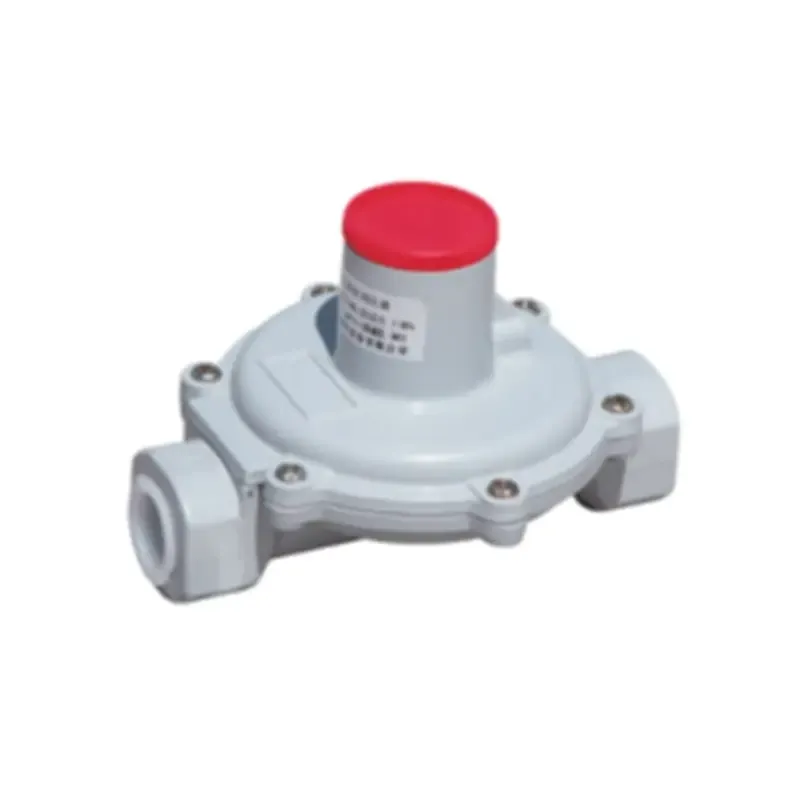
Aug . 17, 2024 05:24
Back to list
Understanding the Dynamics of Gas Pressure Vessels and Their Applications in Industry
Gas Pressure Vessels Understanding Design, Safety, and Applications
Gas pressure vessels are crucial components in various industries, including oil and gas, chemical processing, and manufacturing. These vessels are designed to hold gases at a pressure significantly different from the ambient pressure. The ability to safely store and handle compressed gases is vital for industrial processes and applications, making it essential to understand their design, safety features, and uses.
Design and Construction
The design of gas pressure vessels is governed by strict regulatory standards, such as the ASME Boiler and Pressure Vessel Code (BPVC) in the United States. This code outlines the requirements for materials, design, manufacturing, and inspection, ensuring that vessels can withstand high pressures without failing. The materials used for constructing these vessels, often steel or composite materials, must possess high strength and corrosion resistance to endure the challenging environments they operate in.
The shape of gas pressure vessels is typically cylindrical, although other geometries can be used depending on the application. Cylindrical designs efficiently manage internal pressure and minimize stress concentrations. The wall thickness of the vessel is a critical factor, as it must be sufficient to contain the pressure without risk of rupture. Engineers use advanced simulation tools and finite element analysis to predict how the vessel will react under various conditions, optimizing the design for safety and efficiency.
Safety Features
Safety is paramount in the design and operation of gas pressure vessels. Several safety features are incorporated to prevent accidents and ensure safe operation. Pressure relief valves are standard components that release gas to prevent excessive pressure buildup, which could lead to catastrophic failure. These valves are designed to open at specific pressure thresholds and allow excess gas to escape safely.
gas pressure vessel

Regular inspections and maintenance are also crucial for ensuring the integrity of gas pressure vessels. Non-destructive testing methods, such as ultrasonic testing or radiography, are employed to detect potential flaws or weaknesses in the vessel walls. Additionally, operators must adhere to strict protocols for the safe handling and filling of the vessels, including training personnel to recognize hazards and respond to emergencies.
Applications
Gas pressure vessels find applications across a wide range of industries. In the energy sector, they are used to store natural gas, liquefied petroleum gas (LPG), and other industrial gases, enabling efficient transport and distribution. In chemical manufacturing, pressure vessels are essential for processes such as gasification, where solid fuels are converted into gas under high pressure and temperature.
In addition to industrial uses, gas pressure vessels have applications in research and laboratory settings. They are used in experiments requiring controlled environments, such as high-pressure systems for studying gas-solid reactions or the behavior of materials under stress.
Conclusion
In summary, gas pressure vessels play a vital role in modern industry by safely storing and handling gases under high pressure. Their design is guided by stringent safety standards, ensuring that they can withstand the rigors of their operational environments. With various applications across multiple sectors, understanding their design, safety features, and uses is essential for anyone involved in industries dealing with compressed gases. As technology advances, the design and materials used in gas pressure vessels will continue to evolve, further enhancing their safety and efficiency.
Latest news
-
Safety Valve Spring-Loaded Design Overpressure ProtectionNewsJul.25,2025
-
Precision Voltage Regulator AC5 Accuracy Grade PerformanceNewsJul.25,2025
-
Natural Gas Pressure Regulating Skid Industrial Pipeline ApplicationsNewsJul.25,2025
-
Natural Gas Filter Stainless Steel Mesh Element DesignNewsJul.25,2025
-
Gas Pressure Regulator Valve Direct-Acting Spring-Loaded DesignNewsJul.25,2025
-
Decompression Equipment Multi-Stage Heat Exchange System DesignNewsJul.25,2025

